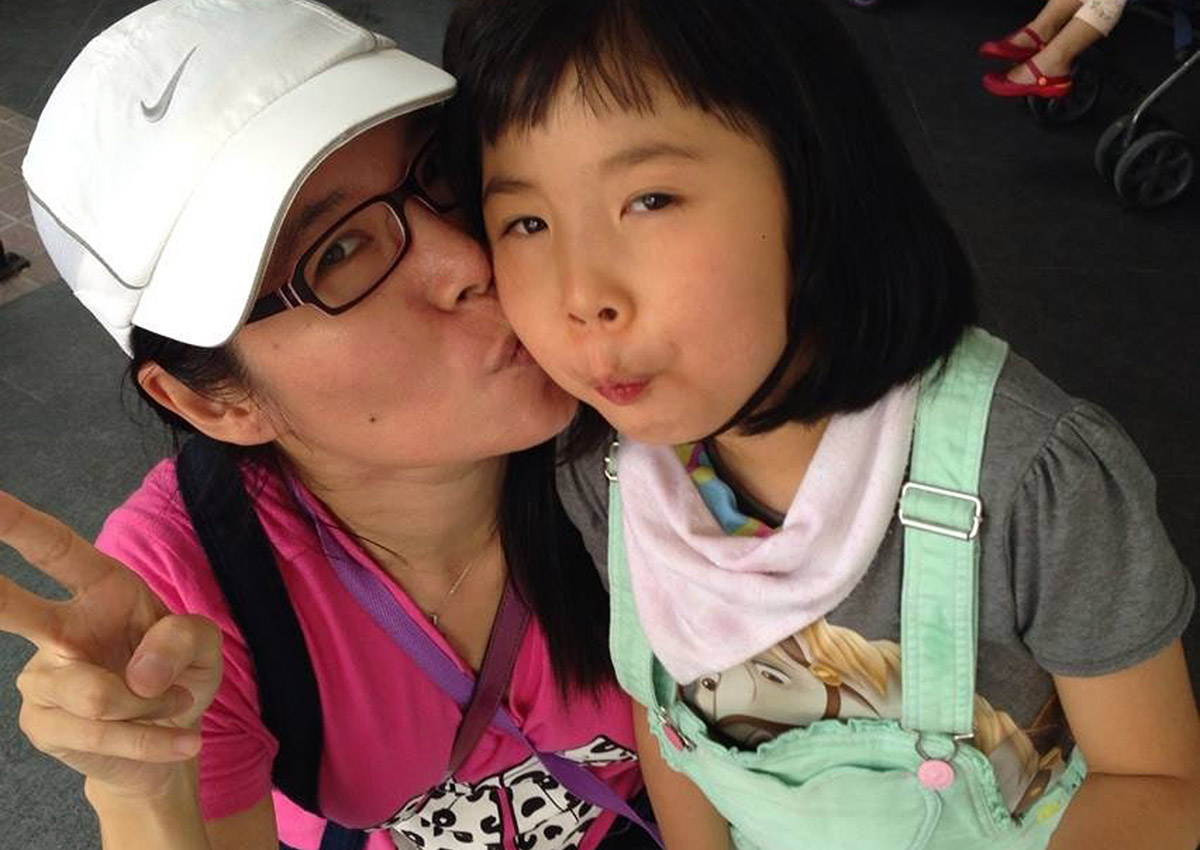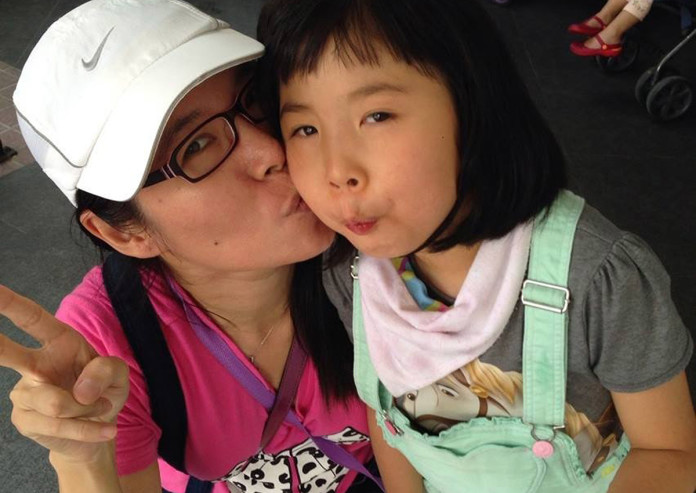SINGAPORE – Nine-year-old Jarene Hong, who studies at a special education (Sped) school, has a rare condition that affects her face and throat muscles.
Called Moebius Syndrome, the condition makes her unable to swallow and she has to be fed through a tube in her stomach. It does not affect her intelligence, but her speech is unclear.
Her mother Sally Kwek had enrolled her in a mainstream primary school a few years ago, but that lasted only six months.
Read also: School a must for special needs children
Staff there were supportive, said Ms Kwek, but she withdrew her daughter after she was asked to hire a shadow teacher to offer Jarene more support. That would have cost her $2,500 to $5,000 a month, which she could not afford.
For the last two years, Jarene has been studying at the Cerebral Palsy Alliance Singapore School.
School days last up to five hours daily, and she takes English and maths lessons in a class of just six children. In a mainstream school, school days are longer and a class usually has 30 to 40 children.
“With the small class size and every teacher being well trained in teaching special needs children, there isn’t a need for shadow teachers at the Sped school,” Ms Kwek said.
“Jarene is now in a school where her teachers believe in her, accept her differences and are committed to bringing out the best in her.
“In this environment, she picks up life skills such as self-discipline and responsibility, and learns what is socially appropriate.”
She also noted that the school instils a lot of self-worth in the children, teaching them to be resilient.
Ms Kwek, 40, is the founding editor of SpecialSeeds.sg, an online magazine for families with special needs children. She hopes more can be done to support such families financially.
Read also: MOE reassures parents who worry about lack of finances
She pays $20 a month for school fees and $200 for a feeding tube that lasts eight months, among other things, but said other families have it tougher as she need not pay for medication or wheelchairs.
In a survey commissioned by Lien Foundation this year, 43 per cent of 830 parents with special needs children aged nine and below said they did not receive enough financial help from the Government, and close to six in 10 of those with a monthly household income of $7,000 to $9,900 felt this way.
“There are financial aid schemes for the needy, but the sandwich class is most affected,” said Ms Kwek. “Compulsory education should come with better funding support for whatever it takes – including assistive devices and shadow teachers.”

This article was first published on Nov 05, 2016.
Get a copy of The Straits Times or go to straitstimes.com for more stories.







